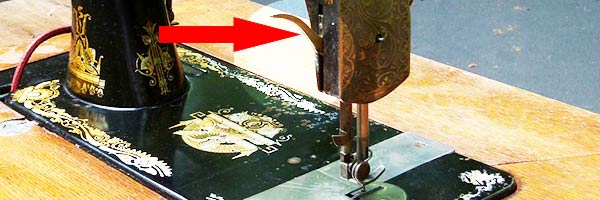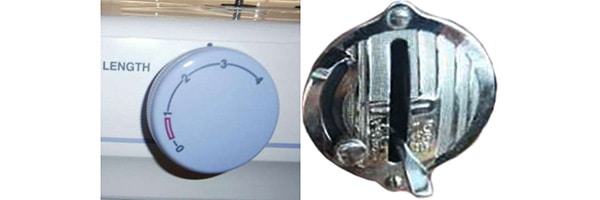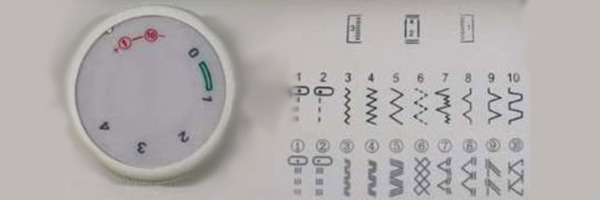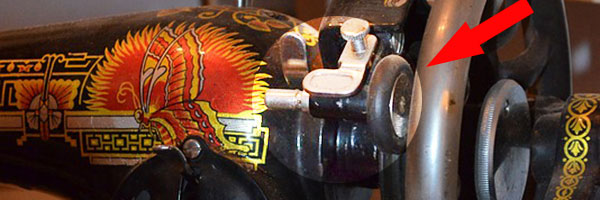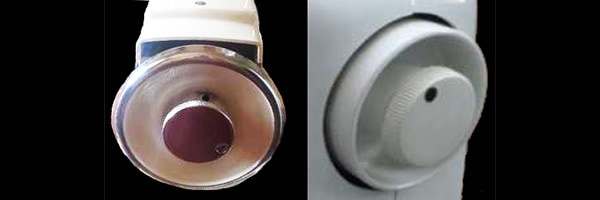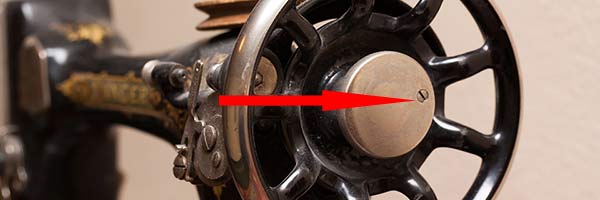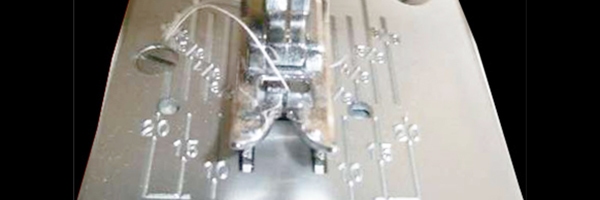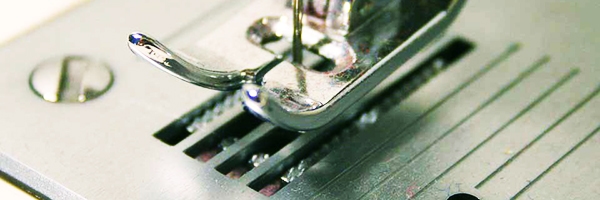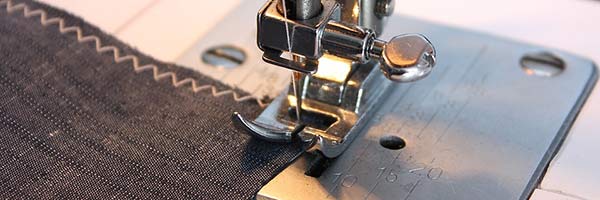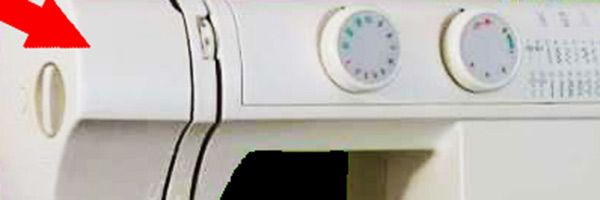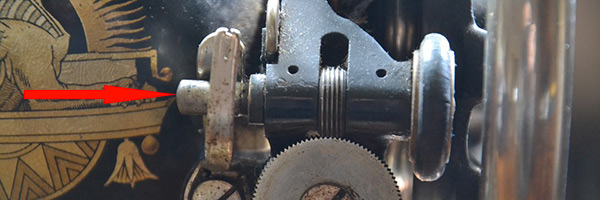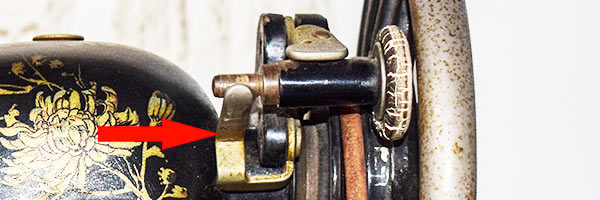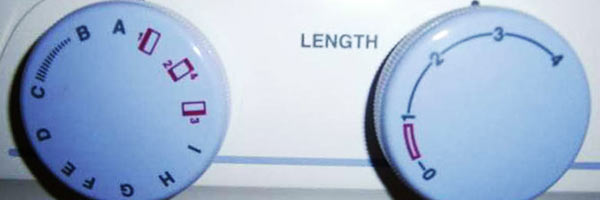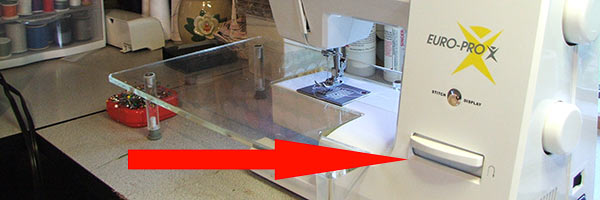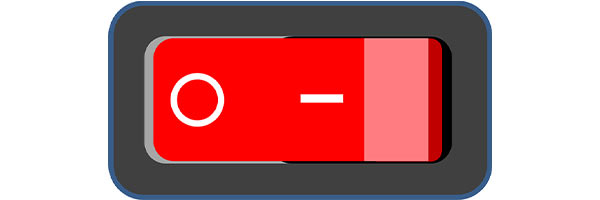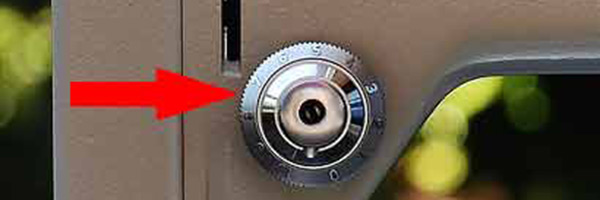Getting to Know Your Sewing Machine and Its Parts
While sewing machines can be very different, they are all made of some common basic components which you should get familiar with in order to learn how to properly work with and maintain or repair your machine. In many cases, the positioning of the main parts of the sewing machine can differ from brand to brand, but in general – they all are essential parts which are necessary for its proper functioning.
Here are the main parts of your sewing machine which you should get to know more closely.
Sewing Machine Parts:
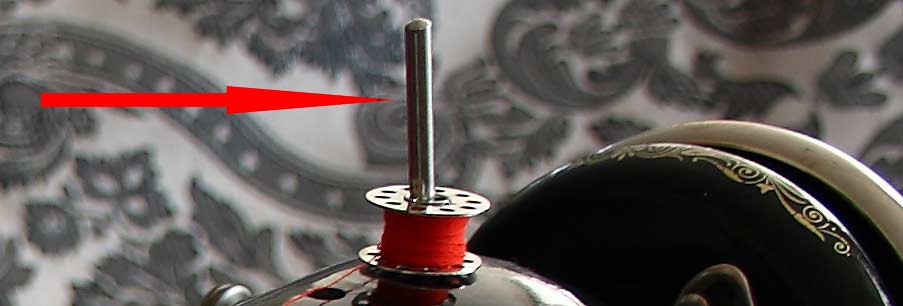
Spool pin
This is the pin on top of the machine which holds the upper thread reel used for the sewing
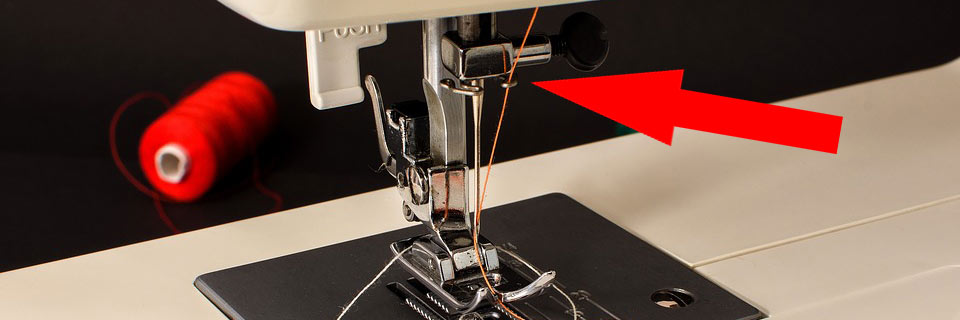
Thread guide
The part which keeps the thread from the spool in position for the needle.

Tension disc
Two concave discs which have their convex sides facing one another through which the thread passes. The tension of the thread can be adjusted with the help of a spring and nut in accordance to your needs.

Take up lever
A steel rod which holds the needle with a clamp and which gives motion to the needle necessary for the sewing process.
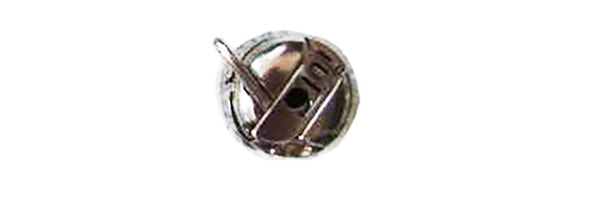
Bobbin case
It holds the bobbin and moves into the proper position allowing it to catch the upper thread, and to form the stitch when the needle enters down into the bobbin chamber.
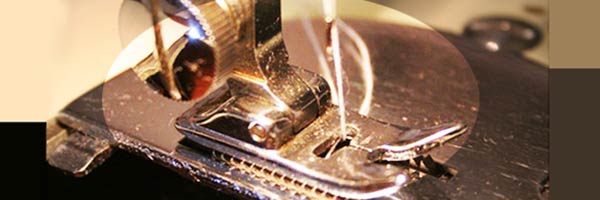
Presser foot
This is the part which is fixed to the presser bar and its function is to keep the fabric down in position when it is lowered. Presser feet can be one of several different types and styles depending on the machine you have, as well as pressure feet for each sewing task, such as for: zipper attaching, button attachment, applique, zigzag stitching and others.
Presser foot lifter
A lever which is used to lift and lower the presser foot.
Stitch length regulator
A control used to choose and adjust the stitch length.
Stitch width regulator
A dial used to adjust the width of the stitches, zigzag or others.
Bobbin winder
The mechanism which is used for winding the thread on to the bobbin.
Fly wheel
also known as balance wheel. Used to work the mechanism providing the motion of the machine. It is connected directly to the motor of the sewing machine via a rubber belt or other. Once this wheel is in motion – the machine runs. It can be used to raise and lower the needle which is essential for sewing machines which don’t have a button to raise and lower the needle.
Thumb or clutch screw
The center part of the fly wheel which engages and disengages the mechanism for stitching.
Slide plate
A plate which helps remove the bobbin case easily and without having to lift the entire machine.
Needle plate
A semicircular part with a hole which allows for the needle to pass through it.
Feed dog
The small set of teeth which are located right beneath the needle plate which serve for catching and moving the fabric during the sewing process. Most sewing machines offer the option of lowering and accommodating the feed dogs, so that they can be used for tasks, such as: button attaching, embroidery, quilting, darning or free hand sewing.
Face plate
The cover which when removed allows for easy access to all the parts which need regular oiling, including: the take up lever and the needle and the presser bars.
Spool pin for bobbin winding
The part where the spool is placed during the bobbin winding process.
Bobbin winder stopper
This part stops the winding of the bobbin once full capacity is reached.
Pattern selection dial
The dial used for picking the stitch pattern of your choice, which in modern machines is selected via a menu control screen.
Reverse stitch lever
A lever or button which is used to make the machine sew in reverse.
Power switch
The on and off switch, usually located on the right side of the machine. Nearly all kinds of machines have a power switch, except for some of the older models. To see all the different types of sewing machines, check this article. If your machine needs to be powered with electricity, make sure that you unplug it whenever it is not in use, so that you prevent possible damage from electrical power surges especially during storms and outages.
Bobbin cover
The plate which covers the bobbin holder and protects it during the sewing process.
Needle
The most essential instrument and part of your sewing machine which is used for pushing the thread through the fabric during the sewing. Some machines can accommodate and use double needles.
Thread take up
It can be stationary or mobile depending on the machine and is part of the process of the threading of the needle.
Upper tension regulator
A dial used for regulating the tension and tightness of the upper thread used. This is essential when using different types fabrics with varying thickness for your project, in order to prevent the stitches of looping, bunching or binding due to too much or insufficient tension of the thread used. The tension level once set correctly will allow for consistent, secure and smooth switching. Commonly, the manufacturer has provided instructions for the tension regulating settings which need to be used for different types of fabrics, tasks and threads used for a project.
Foot pedal (foot control)
Nearly every kind of sewing machine is equipped with a food pedal which is used by the sewer to power the it and make it sew. Some machines have a start and stop button, and others have knee control, commonly used in industrial sewing machines.

Onboard lights
For better viewing of the stitches and stitching process. Usually located right behind or beside the needle threading mechanism.
Conclusion
Whether you have an old, vintage machine passed down from your granny or you are using a state-of-the-art computerized sewing machine, you need to get familiar with these basic machine parts and their functions if you want to improve and become a better seamstress. This is essential for a better understanding of the process, the possible functions and adjustments you can use for different projects, as well as for proper maintenance, troubleshooting and repair being performed when necessary.

